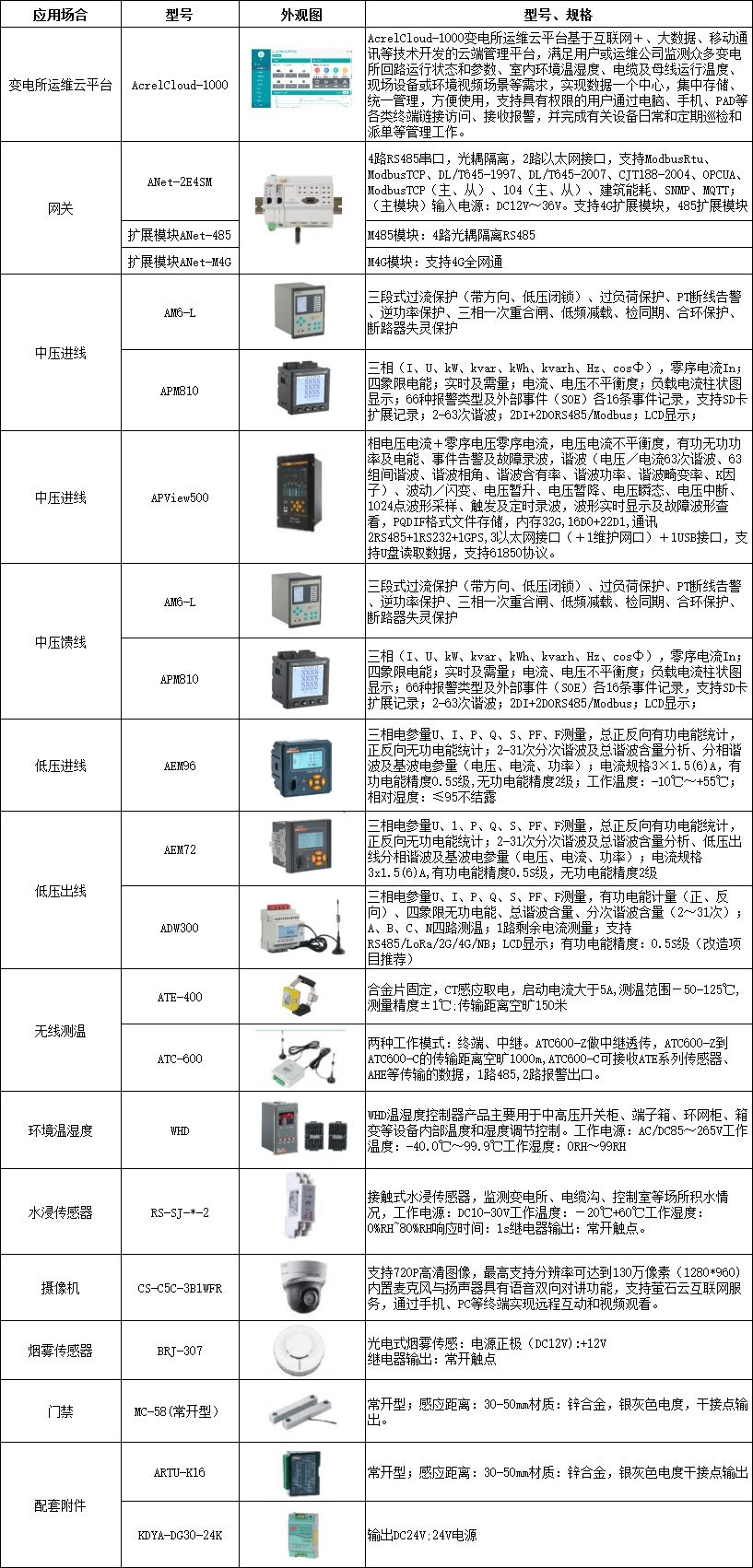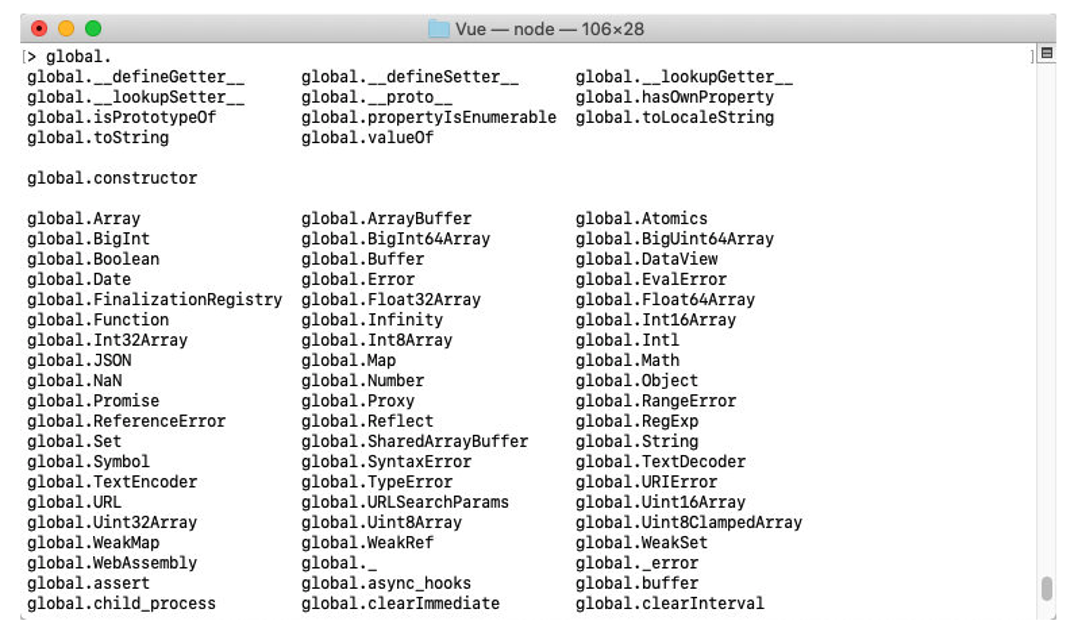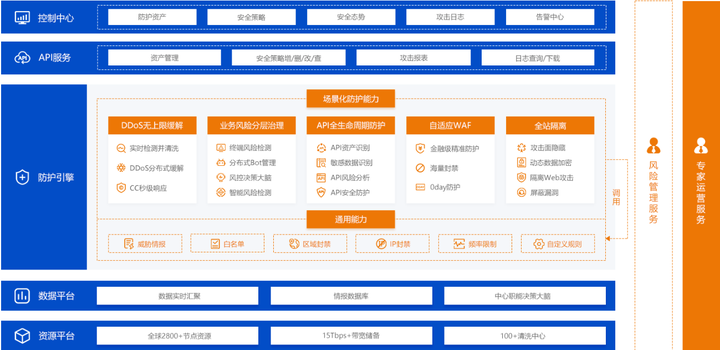Vcall Analysis
- 1.Example分析
- 2.识别virtual call
- 3.CHA算法
- 3.1.callsite到类型的map
- 3.2.获取调用目标
c++通过virtual call实现多态性,比如下面case中通过基类指针 basePtr 进行调用时,show 会调用子类的函数,而 display 则会调用其自己的实现。
class Base {
private:
int a, b;
public:
Base(int aa, int bb): a(aa), b(bb) {}
// 虚函数
virtual void show() {
}
virtual void showcase() {
}
// 非虚函数
void display() {
}
// 虚析构函数,保证正确的析构顺序
virtual ~Base() {}
};
// 派生类
class Derived : public Base {
private:
int a, b;
public:
Derived(int aa, int bb): Base(aa, bb) {}
// 重写虚函数
void show() override {
}
void showcase() override {
}
// 重写非虚函数(注意,这不是多态的)
void display() {
}
};
class Derived1 : public Base {
private:
int a, b;
public:
Derived1(int aa, int bb): Base(aa, bb) {}
// 重写虚函数
void show() override {
}
void showcase() override {
}
// 重写非虚函数(注意,这不是多态的)
void display() {
}
~Derived1() override {
}
};
int main(int argc, char** argv) {
// 基类指针指向派生类对象
Base* basePtr;
if (argc == 1)
basePtr = new Derived(10, 20);
else
basePtr = new Derived1(10, 20);
// 虚函数调用(根据对象类型,调用 Derived 类的函数)
basePtr->show(); // 输出:Derived class show function
// 非虚函数调用(根据指针类型,调用 Base 类的函数)
basePtr->display(); // 输出:Base class display function
// 释放内存
delete basePtr;
return 0;
}
这篇blog主要从LLVM IR层面查看virtual call以及分析现有virtual call分析算法。
1.Example分析
将上面c代码编译为LLVM IR后,IR文本为:
类型及全局变量定义
%class.Base = type { i32 (...)**, i32, i32 }
%class.Derived = type { %class.Base, i32, i32 }
%class.Derived1 = type { %class.Base, i32, i32 }
@_ZTV7Derived = linkonce_odr unnamed_addr constant { [6 x i8*] } { [6 x i8*] [i8* null, i8* bitcast ({ i8*, i8*, i8* }* @_ZTI7Derived to i8*), i8* bitcast (void (%class.Derived*)* @_ZN7Derived4showEv to i8*), i8* bitcast (void (%class.Derived*)* @_ZN7Derived8showcaseEv to i8*), i8* bitcast (%class.Derived* (%class.Derived*)* @_ZN7DerivedD1Ev to i8*), i8* bitcast (void (%class.Derived*)* @_ZN7DerivedD0Ev to i8*)] }, align 8
@_ZTVN10__cxxabiv120__si_class_type_infoE = external global i8*
@_ZTS7Derived = linkonce_odr hidden constant [9 x i8] c"7Derived\00", align 1
@_ZTVN10__cxxabiv117__class_type_infoE = external global i8*
@_ZTS4Base = linkonce_odr hidden constant [6 x i8] c"4Base\00", align 1
@_ZTI4Base = linkonce_odr hidden constant { i8*, i8* } { i8* bitcast (i8** getelementptr inbounds (i8*, i8** @_ZTVN10__cxxabiv117__class_type_infoE, i64 2) to i8*), i8* inttoptr (i64 add (i64 ptrtoint ([6 x i8]* @_ZTS4Base to i64), i64 -9223372036854775808) to i8*) }, align 8
@_ZTI7Derived = linkonce_odr hidden constant { i8*, i8*, i8* } { i8* bitcast (i8** getelementptr inbounds (i8*, i8** @_ZTVN10__cxxabiv120__si_class_type_infoE, i64 2) to i8*), i8* inttoptr (i64 add (i64 ptrtoint ([9 x i8]* @_ZTS7Derived to i64), i64 -9223372036854775808) to i8*), i8* bitcast ({ i8*, i8* }* @_ZTI4Base to i8*) }, align 8
@_ZTV4Base = linkonce_odr unnamed_addr constant { [6 x i8*] } { [6 x i8*] [i8* null, i8* bitcast ({ i8*, i8* }* @_ZTI4Base to i8*), i8* bitcast (void (%class.Base*)* @_ZN4Base4showEv to i8*), i8* bitcast (void (%class.Base*)* @_ZN4Base8showcaseEv to i8*), i8* bitcast (%class.Base* (%class.Base*)* @_ZN4BaseD1Ev to i8*), i8* bitcast (void (%class.Base*)* @_ZN4BaseD0Ev to i8*)] }, align 8
@_ZTV8Derived1 = linkonce_odr unnamed_addr constant { [6 x i8*] } { [6 x i8*] [i8* null, i8* bitcast ({ i8*, i8*, i8* }* @_ZTI8Derived1 to i8*), i8* bitcast (void (%class.Derived1*)* @_ZN8Derived14showEv to i8*), i8* bitcast (void (%class.Derived1*)* @_ZN8Derived18showcaseEv to i8*), i8* bitcast (%class.Derived1* (%class.Derived1*)* @_ZN8Derived1D1Ev to i8*), i8* bitcast (void (%class.Derived1*)* @_ZN8Derived1D0Ev to i8*)] }, align 8
@_ZTS8Derived1 = linkonce_odr hidden constant [10 x i8] c"8Derived1\00", align 1
@_ZTI8Derived1 = linkonce_odr hidden constant { i8*, i8*, i8* } { i8* bitcast (i8** getelementptr inbounds (i8*, i8** @_ZTVN10__cxxabiv120__si_class_type_infoE, i64 2) to i8*), i8* inttoptr (i64 add (i64 ptrtoint ([10 x i8]* @_ZTS8Derived1 to i64), i64 -9223372036854775808) to i8*), i8* bitcast ({ i8*, i8* }* @_ZTI4Base to i8*) }, align 8
其中3个类型的virtual table定义分别如下,同时虚表保存的都是 i8* 指针,函数指针也会被 cast 到 i8*。
-
Base:@_ZTV4Base = [null, @_ZTI4Base, @_ZN4Base4showEv, @_ZN4Base8showcaseEv, @_ZN4BaseD1Ev, @_ZN4BaseD0Ev] -
Derived:@_ZTV7Derived = [null, @_ZTI7Derived, @_ZN7Derived4showEv, @_ZN7Derived8showcaseEv, @_ZN7DerivedD1Ev, @_ZN7DerivedD0Ev] -
Derived1:@_ZTV8Derived1 = [null, @_ZTI8Derived1, @_ZN8Derived14showEv, @_ZN8Derived18showcaseEv, @_ZN8Derived1D1Ev, @_ZN8Derived1D0Ev]
接下来看看构造函数,一般来说构造函数包含了初始化virtual pointer的代码,不过3个类的文本有点多,而且重复,这里放下 Derived 类的构造函数,其构造函数包含 C1、C2。
; Function Attrs: noinline optnone ssp uwtable
define linkonce_odr noundef %class.Derived* @_ZN7DerivedC1Eii(%class.Derived* noundef nonnull returned align 8 dereferenceable(24) %this, i32 noundef %aa, i32 noundef %bb) unnamed_addr #2 align 2 {
entry:
%this.addr = alloca %class.Derived*, align 8
%aa.addr = alloca i32, align 4
%bb.addr = alloca i32, align 4
store %class.Derived* %this, %class.Derived** %this.addr, align 8
store i32 %aa, i32* %aa.addr, align 4
store i32 %bb, i32* %bb.addr, align 4
%this1 = load %class.Derived*, %class.Derived** %this.addr, align 8
%0 = load i32, i32* %aa.addr, align 4
%1 = load i32, i32* %bb.addr, align 4
%call = call noundef %class.Derived* @_ZN7DerivedC2Eii(%class.Derived* noundef nonnull align 8 dereferenceable(24) %this1, i32 noundef %0, i32 noundef %1)
ret %class.Derived* %this1
}
; Function Attrs: noinline optnone ssp uwtable
define linkonce_odr noundef %class.Derived* @_ZN7DerivedC2Eii(%class.Derived* noundef nonnull returned align 8 dereferenceable(24) %this, i32 noundef %aa, i32 noundef %bb) unnamed_addr #2 align 2 {
entry:
%this.addr = alloca %class.Derived*, align 8
%aa.addr = alloca i32, align 4
%bb.addr = alloca i32, align 4
store %class.Derived* %this, %class.Derived** %this.addr, align 8
store i32 %aa, i32* %aa.addr, align 4
store i32 %bb, i32* %bb.addr, align 4
%this1 = load %class.Derived*, %class.Derived** %this.addr, align 8
%0 = bitcast %class.Derived* %this1 to %class.Base*
%1 = load i32, i32* %aa.addr, align 4
%2 = load i32, i32* %bb.addr, align 4
%call = call noundef %class.Base* @_ZN4BaseC2Eii(%class.Base* noundef nonnull align 8 dereferenceable(16) %0, i32 noundef %1, i32 noundef %2)
%3 = bitcast %class.Derived* %this1 to i32 (...)***
store i32 (...)** bitcast (i8** getelementptr inbounds ({ [6 x i8*] }, { [6 x i8*] }* @_ZTV7Derived, i32 0, inrange i32 0, i32 2) to i32 (...)**), i32 (...)*** %3, align 8
ret %class.Derived* %this1
}
忽略大部分没什么语义的 load、store 指令。可以看到 C2 倒数几行存在代码
%3 = bitcast %class.Derived* %this1 to i32 (...)***
store i32 (...)** bitcast (i8** getelementptr inbounds ({ [6 x i8*] }, { [6 x i8*] }* @_ZTV7Derived, i32 0, inrange i32 0, i32 2) to i32 (...)**), i32 (...)*** %3, align 8
简化下就是 %a = getelementptr @_ZTV7Derived, 2、store %a, %3。将 this 指针指向的地址开头部分初始化为 @_ZTV7Derived 偏移2处指向的地址(指向虚表第一个函数)。
main 函数IR文本如下,其中 @_Znwm 函数用来执行 new 运算符,分配堆内存:
; Function Attrs: mustprogress noinline norecurse optnone ssp uwtable
define noundef i32 @main(i32 noundef %argc, i8** noundef %argv) #0 personality i8* bitcast (i32 (...)* @__gxx_personality_v0 to i8*) {
entry:
%retval = alloca i32, align 4
%argc.addr = alloca i32, align 4
%argv.addr = alloca i8**, align 8
%basePtr = alloca %class.Base*, align 8
%exn.slot = alloca i8*, align 8
%ehselector.slot = alloca i32, align 4
store i32 0, i32* %retval, align 4
store i32 %argc, i32* %argc.addr, align 4
store i8** %argv, i8*** %argv.addr, align 8
%0 = load i32, i32* %argc.addr, align 4
%cmp = icmp eq i32 %0, 1
br i1 %cmp, label %if.then, label %if.else
if.then: ; preds = %entry
%call = call noalias noundef nonnull i8* @_Znwm(i64 noundef 24) #6
%1 = bitcast i8* %call to %class.Derived*
%call1 = invoke noundef %class.Derived* @_ZN7DerivedC1Eii(%class.Derived* noundef nonnull align 8 dereferenceable(24) %1, i32 noundef 10, i32 noundef 20)
to label %invoke.cont unwind label %lpad
invoke.cont: ; preds = %if.then
%2 = bitcast %class.Derived* %1 to %class.Base*
store %class.Base* %2, %class.Base** %basePtr, align 8
br label %if.end
lpad: ; preds = %if.then
%3 = landingpad { i8*, i32 }
cleanup
%4 = extractvalue { i8*, i32 } %3, 0
store i8* %4, i8** %exn.slot, align 8
%5 = extractvalue { i8*, i32 } %3, 1
store i32 %5, i32* %ehselector.slot, align 4
call void @_ZdlPv(i8* noundef %call) #7
br label %eh.resume
if.else: ; preds = %entry
%call2 = call noalias noundef nonnull i8* @_Znwm(i64 noundef 24) #6
%6 = bitcast i8* %call2 to %class.Derived1*
%call5 = invoke noundef %class.Derived1* @_ZN8Derived1C1Eii(%class.Derived1* noundef nonnull align 8 dereferenceable(24) %6, i32 noundef 10, i32 noundef 20)
to label %invoke.cont4 unwind label %lpad3
invoke.cont4: ; preds = %if.else
%7 = bitcast %class.Derived1* %6 to %class.Base*
store %class.Base* %7, %class.Base** %basePtr, align 8
br label %if.end
lpad3: ; preds = %if.else
%8 = landingpad { i8*, i32 }
cleanup
%9 = extractvalue { i8*, i32 } %8, 0
store i8* %9, i8** %exn.slot, align 8
%10 = extractvalue { i8*, i32 } %8, 1
store i32 %10, i32* %ehselector.slot, align 4
call void @_ZdlPv(i8* noundef %call2) #7
br label %eh.resume
if.end: ; preds = %invoke.cont4, %invoke.cont
%11 = load %class.Base*, %class.Base** %basePtr, align 8
%12 = bitcast %class.Base* %11 to void (%class.Base*)***
%vtable = load void (%class.Base*)**, void (%class.Base*)*** %12, align 8
%vfn = getelementptr inbounds void (%class.Base*)*, void (%class.Base*)** %vtable, i64 0
%13 = load void (%class.Base*)*, void (%class.Base*)** %vfn, align 8
call void %13(%class.Base* noundef nonnull align 8 dereferenceable(16) %11)
%14 = load %class.Base*, %class.Base** %basePtr, align 8
call void @_ZN4Base7displayEv(%class.Base* noundef nonnull align 8 dereferenceable(16) %14)
%15 = load %class.Base*, %class.Base** %basePtr, align 8
%isnull = icmp eq %class.Base* %15, null
br i1 %isnull, label %delete.end, label %delete.notnull
delete.notnull: ; preds = %if.end
%16 = bitcast %class.Base* %15 to void (%class.Base*)***
%vtable6 = load void (%class.Base*)**, void (%class.Base*)*** %16, align 8
%vfn7 = getelementptr inbounds void (%class.Base*)*, void (%class.Base*)** %vtable6, i64 3
%17 = load void (%class.Base*)*, void (%class.Base*)** %vfn7, align 8
call void %17(%class.Base* noundef nonnull align 8 dereferenceable(16) %15) #8
br label %delete.end
delete.end: ; preds = %delete.notnull, %if.end
ret i32 0
eh.resume: ; preds = %lpad3, %lpad
%exn = load i8*, i8** %exn.slot, align 8
%sel = load i32, i32* %ehselector.slot, align 4
%lpad.val = insertvalue { i8*, i32 } undef, i8* %exn, 0
%lpad.val8 = insertvalue { i8*, i32 } %lpad.val, i32 %sel, 1
resume { i8*, i32 } %lpad.val8
}
其中 basePtr->show 对应的IR为:
%11 = load %class.Base*, %class.Base** %basePtr, align 8
%12 = bitcast %class.Base* %11 to void (%class.Base*)***
%vtable = load void (%class.Base*)**, void (%class.Base*)*** %12, align 8
%vfn = getelementptr inbounds void (%class.Base*)*, void (%class.Base*)** %vtable, i64 0
%13 = load void (%class.Base*)*, void (%class.Base*)** %vfn, align 8
call void %13(%class.Base* noundef nonnull align 8 dereferenceable(16) %11)
非虚函数调用如下,可以看出是个direct-call,需要传入 basePtr 的 this 指针。
%14 = load %class.Base*, %class.Base** %basePtr, align 8
call void @_ZN4Base7displayEv(%class.Base* noundef nonnull align 8 dereferenceable(16) %14)
2.识别virtual call
这里主要参考SVF和LLVM相关代码。在source code层面识别virtual call可参考CSA VirtualCallChecker,不过在LLVM IR层面,由于virtual-call编译后成了indirect-call。从普通indirect-call中区分成virtual-call便有些困难。这里参考了下SVF的相关代码,对应代码为cppUtil::isVirtualCallSite函数。
分析的核心insight在于virtual-call指令的相关IR一定满足以下格式:
%vtable = load this
%vfn = getelementptr %vtable, idx
%x = load %vfn
call %x (this)
因此SVF的识别算法便按照以下方式工作:
-
对于间接调用
call %x (this),判断%x是不是在load指令定义,如果不是,返回false。 -
对于
load指令%x = load %vfn,判断%vfn是不是在getelementptr指令定义,不是返回false。 -
对于
%vfn = getelementptr %vtable, idx,由于virtual table一般是i8*类型的一位数组,因此该指令只能有1个索引,如果有多个索引返回false。同时%table如果是由load指令定义,返回true,否则返回false。
3.CHA算法
分析virtual-call的一个常用算法是CHA(类型层次分析),就是把callsite this 指针的类型及其子类型的实现都当作潜在调用目标。C++的virtual call分析一个常用算法是CHA,即对于一个基类指针的虚函数调用,将所有子类实现都当作潜在调用目标。实现时对于virtual callsite,需要考虑:1.当前callsite调用了哪些类型的implementation。2.每个类型的virtual table对应哪些函数
3.1.callsite到类型的map
SVF在分析callsite对应的类型时并不是粗暴的直接递归分析类型继承图确定virtual-call调用目标。而是做了个简单的数据流分析确定 base 指针可能指向了哪些构造函数初始化的object来确定调用目标。数据流分析包括backward和forward分析,以上图为例:
if.then: ; preds = %entry
%call = call noalias noundef nonnull i8* @_Znwm(i64 noundef 24) #6
%1 = bitcast i8* %call to %class.Derived*
%call1 = invoke noundef %class.Derived* @_ZN7DerivedC1Eii(%class.Derived* noundef nonnull align 8 dereferenceable(24) %1, i32 noundef 10, i32 noundef 20)
to label %invoke.cont unwind label %lpad
invoke.cont: ; preds = %if.then
%2 = bitcast %class.Derived* %1 to %class.Base*
store %class.Base* %2, %class.Base** %basePtr, align 8
%11 = load %class.Base*, %class.Base** %basePtr, align 8
%12 = bitcast %class.Base* %11 to void (%class.Base*)***
%vtable = load void (%class.Base*)**, void (%class.Base*)*** %12, align 8
%vfn = getelementptr inbounds void (%class.Base*)*, void (%class.Base*)** %vtable, i64 0
%13 = load void (%class.Base*)*, void (%class.Base*)** %vfn, align 8
call void %13(%class.Base* noundef nonnull align 8 dereferenceable(16) %11)
value-flow graph为:
这里只列出if-then部分的IR。virtual-call为 call void %13(%class.Base* noundef nonnull align 8 dereferenceable(16) %11),this 指针为 %11,从 %11 开始一路回溯经由 %12 = bitcast 后找到 load 指令 %11 = load %class.Base*, %class.Base** %basePtr, align 8,这里不会进行指针分析,而是找出所有直接往 %basePtr 进行写入的 store 指令进行回溯,这里找到了 store %class.Base* %2, %class.Base** %basePtr, align 8,接着从 %2 接着回溯知道调用堆分配函数 %call = alloca( _Znwm 只分配内存,初始化还得看构造函数)。
如果要回溯到构造函数调用还得从 %call = alloca 处forward分析,在backward分析时SVF用了worklist算法。forward分析时,由于基本上从内存分配到构造函数调用中间最多有一个 bitcast 指令,所以SVF直接用一个简单的判断从 %call = alloca 查找构造函数调用,找到后从函数名中回复出类型名。上述virtual-call分析出调用了 Derived 和 Derived1 的implementation。
对于SVF中对外部API建模在extapi.c中,可以看到 _Znwm 被建模为 alloc 函数。对于从virtual table等 name中恢复出类型名SVF有一套具体规则,以virtual table为例,SVF用到了 abi::__cxa_demangle 来从virtual table名字还原出对应类型,比如对于 vtblName = _ZTV7Derived,其 abi::__cxa_demangle(vtblName.c_str(), 0, 0, &status) = "vtable for Derived",去掉 "vtable for " 即可获得类型名。
3.2.获取调用目标
每个类都会有一个虚函数表,SVF会分析类虚函数表对应的全局变量(_ZTV 开头)构建functionVector。比如 @_ZTV7Derived = [null, @_ZTI7Derived, @_ZN7Derived4showEv, @_ZN7Derived8showcaseEv, @_ZN7DerivedD1Ev, @_ZN7DerivedD0Ev] 会分析出 Derived 类的 functionVector 为 { @_ZN7Derived4showEv, @_ZN7Derived8showcaseEv, @_ZN7DerivedD1Ev, @_ZN7DerivedD0Ev }。具体代码参考CHGBuilder::analyzeVTables函数,其中代码由于涉及处理多重继承逻辑更加复杂。
获得每个类的 functionVector 后接下来要确定virtual call的虚表索引,上面示例中 basePtr->show(); 的部分LLVM IR如下,可以看出对应虚表索引为 0。
%vtable = load void (%class.Base*)**, void (%class.Base*)*** %12, align 8
%vfn = getelementptr inbounds void (%class.Base*)*, void (%class.Base*)** %vtable, i64 0
%13 = load void (%class.Base*)*, void (%class.Base*)** %vfn, align 8
call void %13(%class.Base* noundef nonnull align 8 dereferenceable(16) %11)
由于virtual-call满足以下格式,因此SVF按照cppUtil::getVCallIdx从 call 指令处追溯到 getelementptr 指令获得虚表索引,接着就可以用索引访问所有相关类的 functionVector 获取调用函数。
%vtable = load this
%vfn = getelementptr %vtable, idx
%x = load %vfn
call %x (this)



















